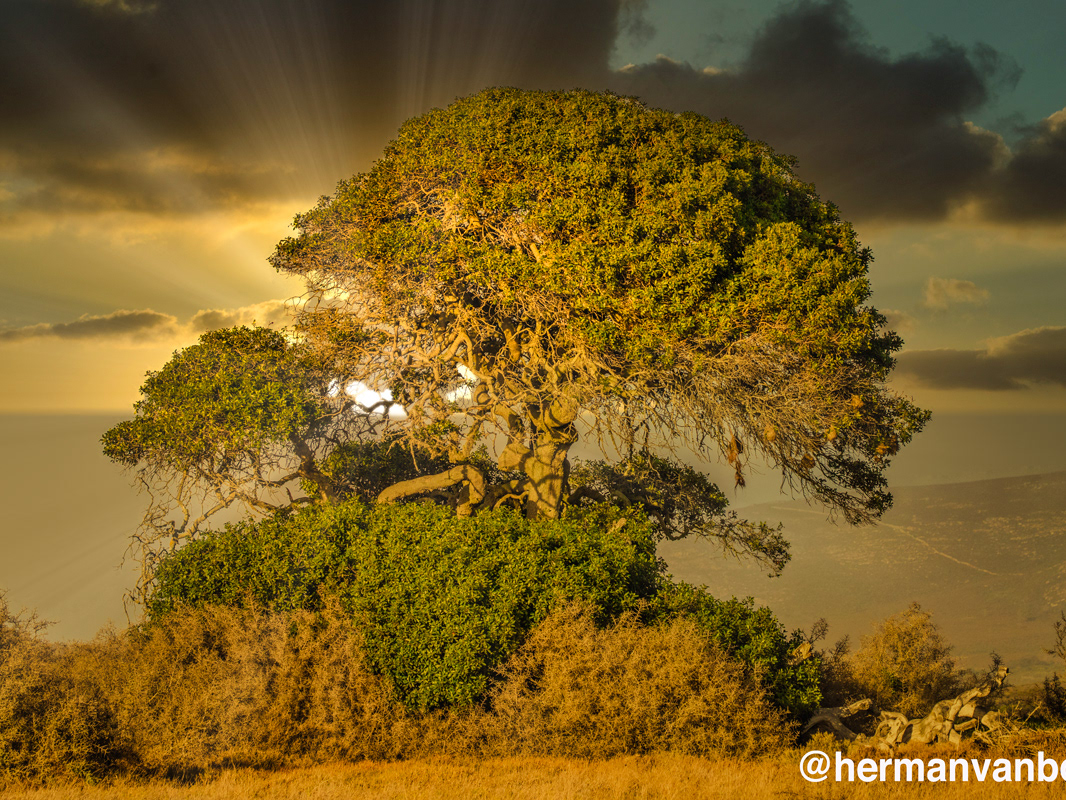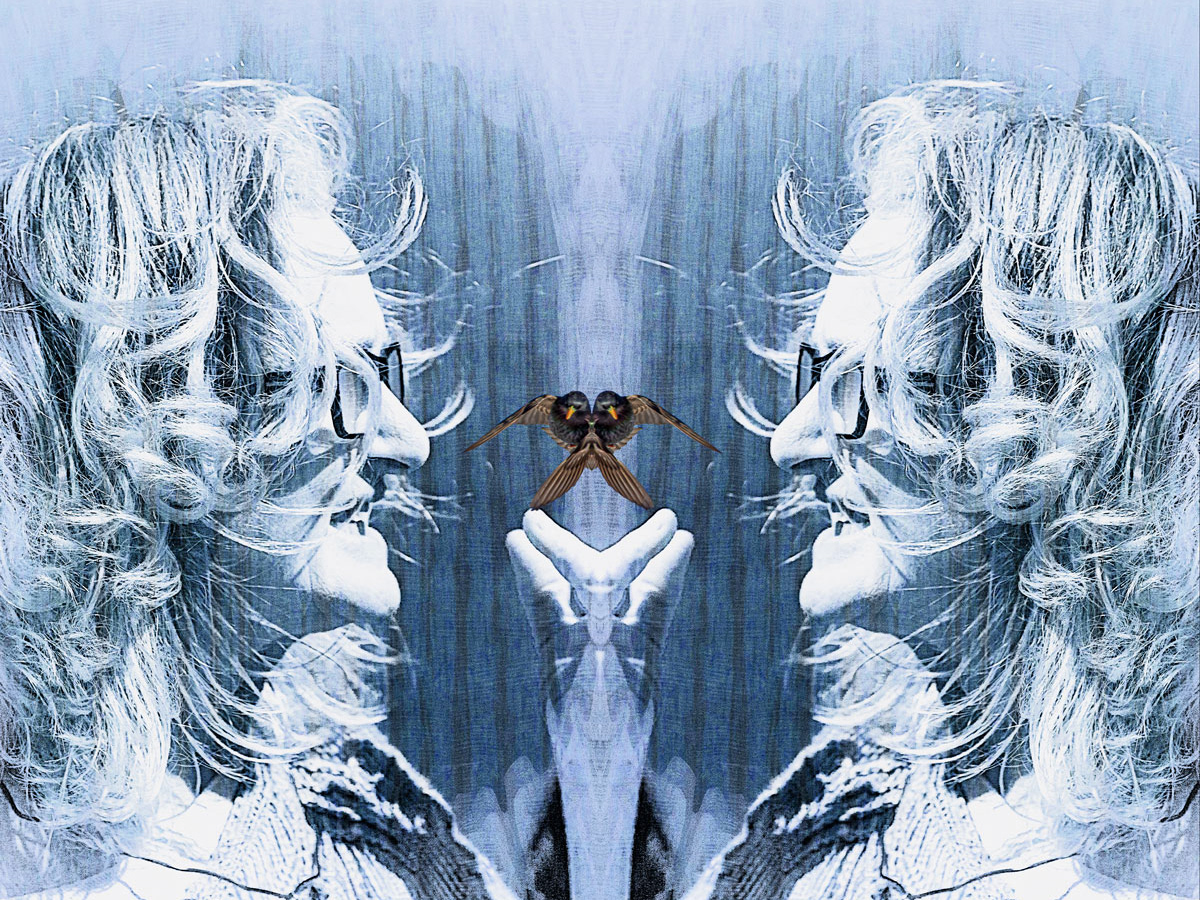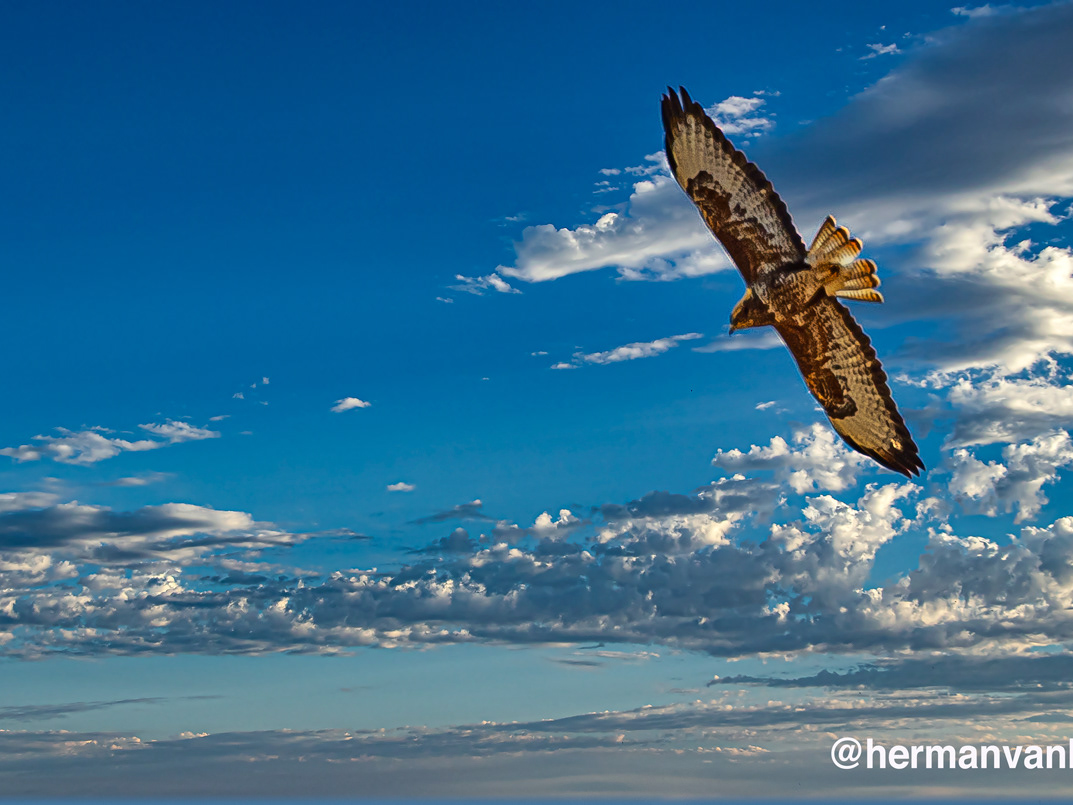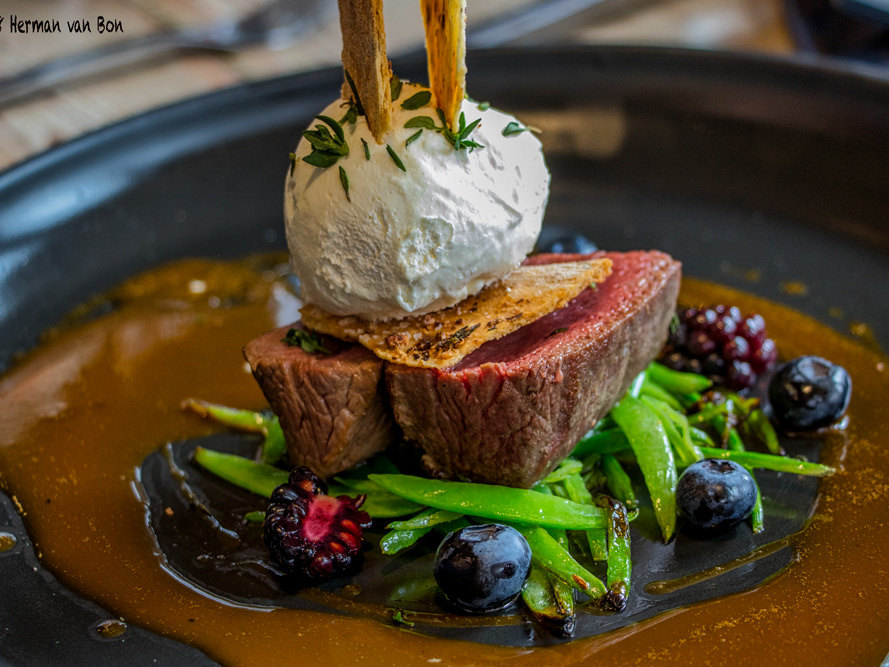A Haiku, or a Hokku as it can be known, is a Japanese poem that can be based on many themes, from love to nature. The Haiku has since been adapted for English and many famous authors have tried their hand at this short poem.
It usually contains a total of 17 syllables shared between three lines, arranged in a pattern of 5-7-5. The first line consists of 5 syllables, the second line 7, and the last line another 5 syllables.
Originally, in Japanese, Haiku poetry was measured in sounds, or "breaths," not English syllables. The 5-7-5 approach was a rough approximation to get the same feel as the traditional Japanese poems. The 5-7-5 form is still popular today and many poets still embrace the framework.
Matsuo Basho is one of the most prolific Haiku writers. He wrote over 1000 Haiku poems in his lifetime. His “The Narrow Road to the Deep North” is the most famous collection of Haikus in Japan. His poems were originally written in Japanese and have been translated to English for us all to enjoy, here is one which goes with my haiku photo of the butterfly:
The butterfly is perfuming
It's wings in the scent
Of the orchid.
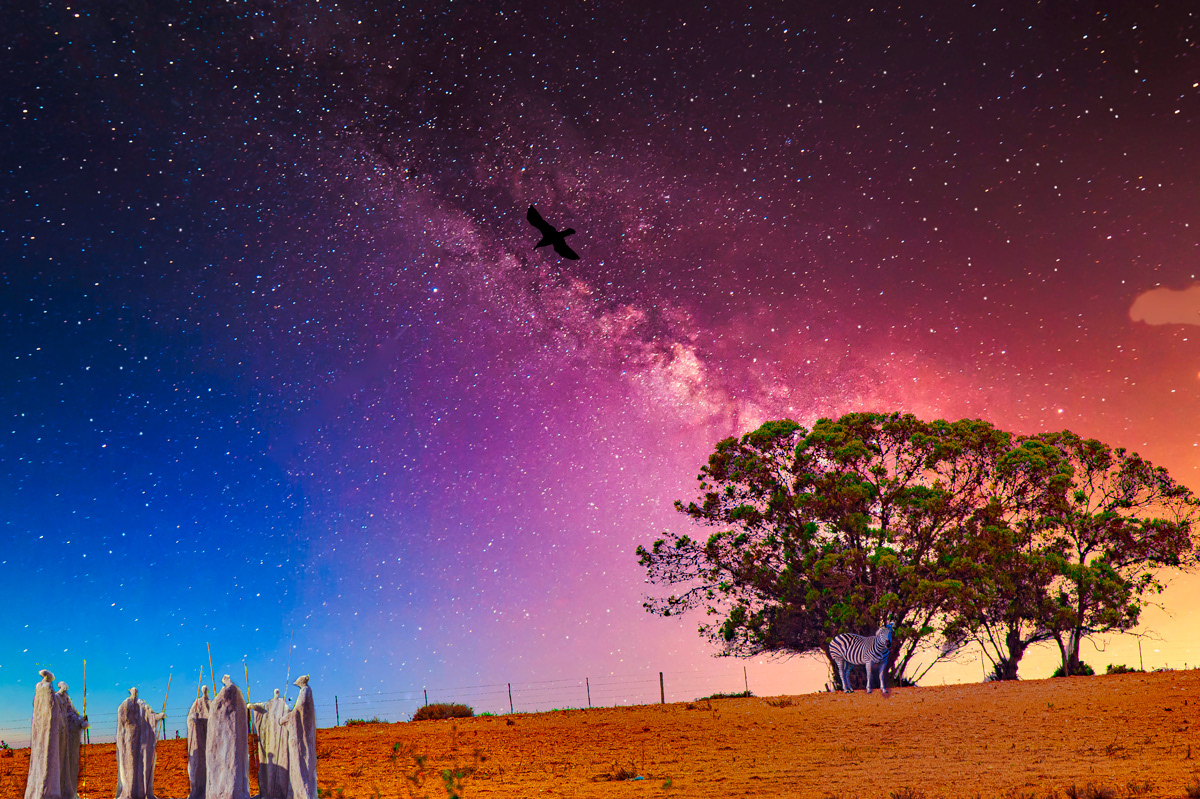
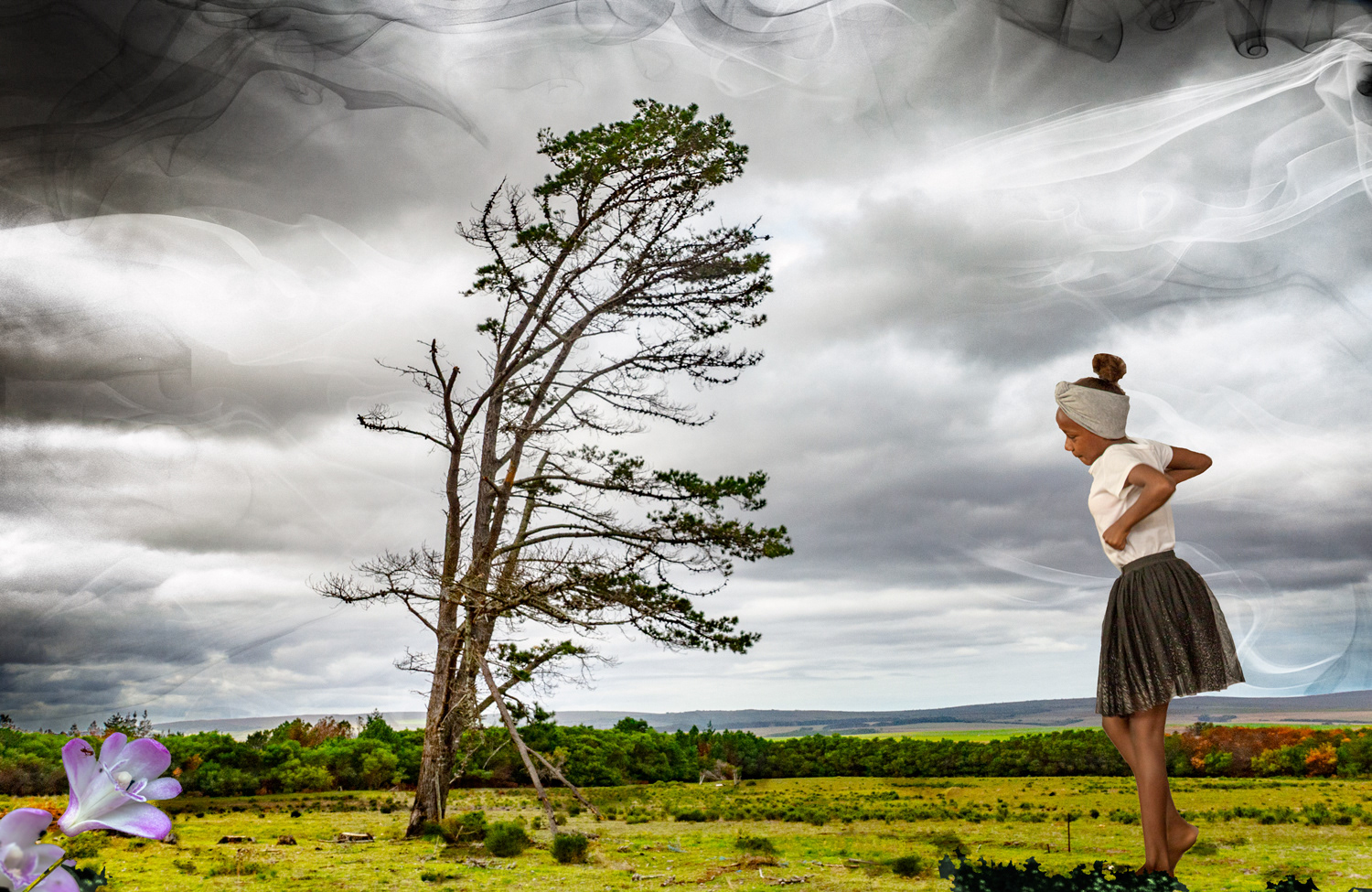
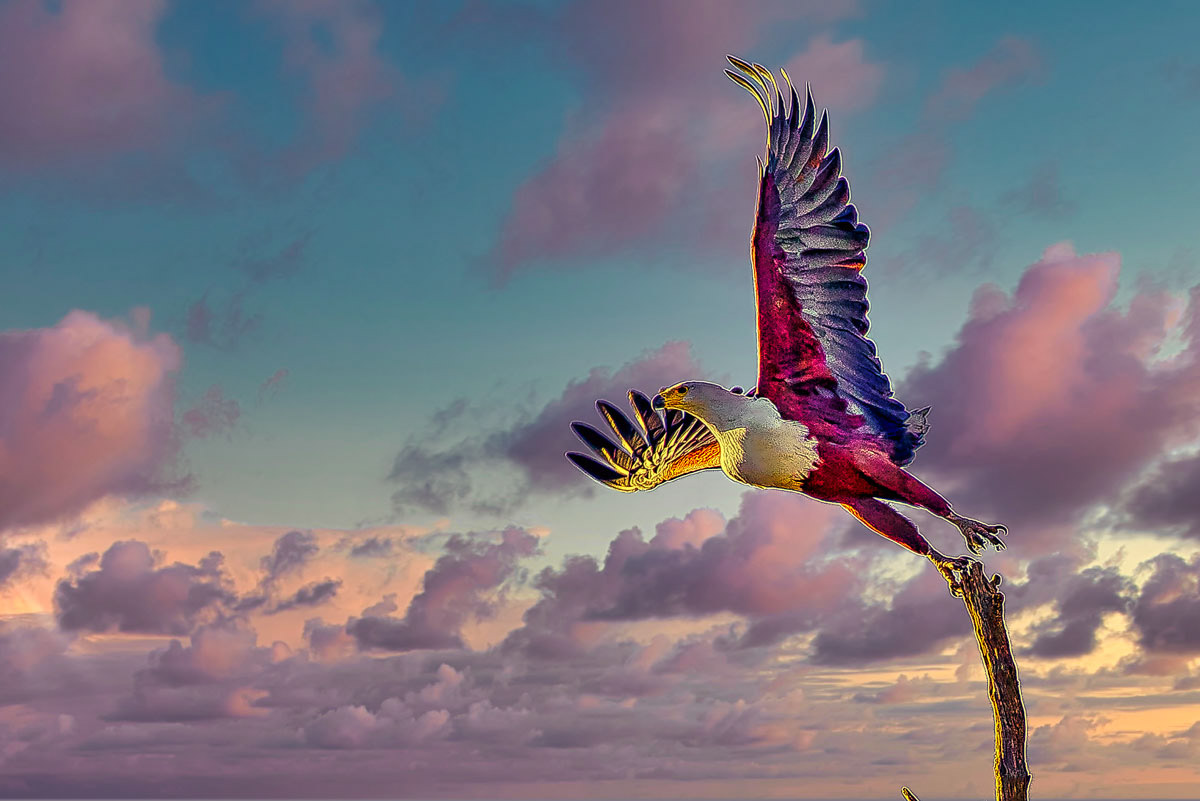
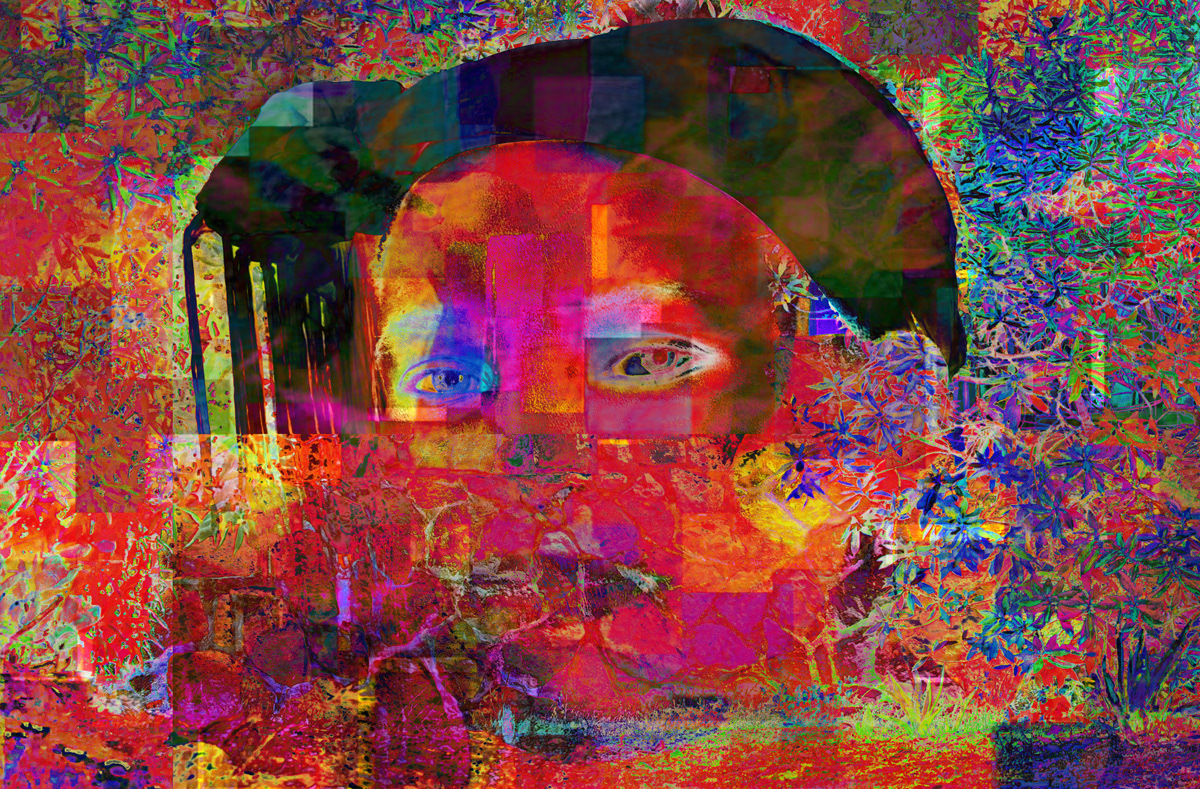
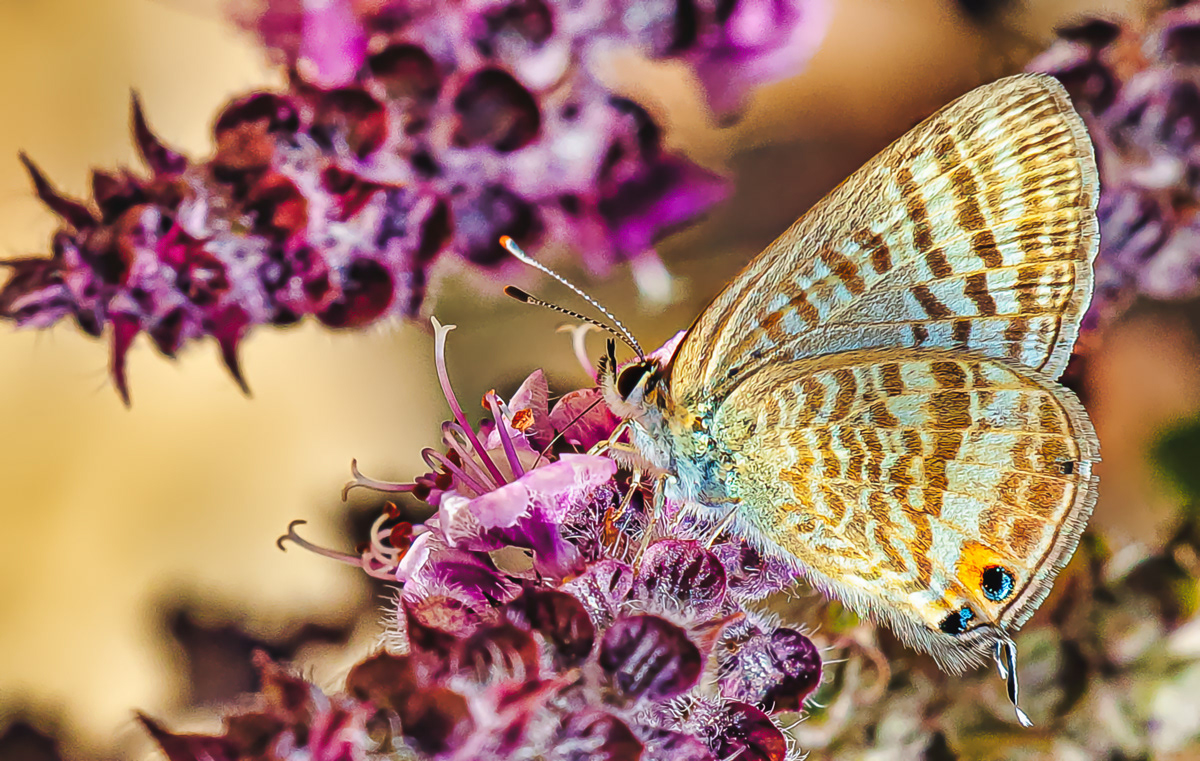
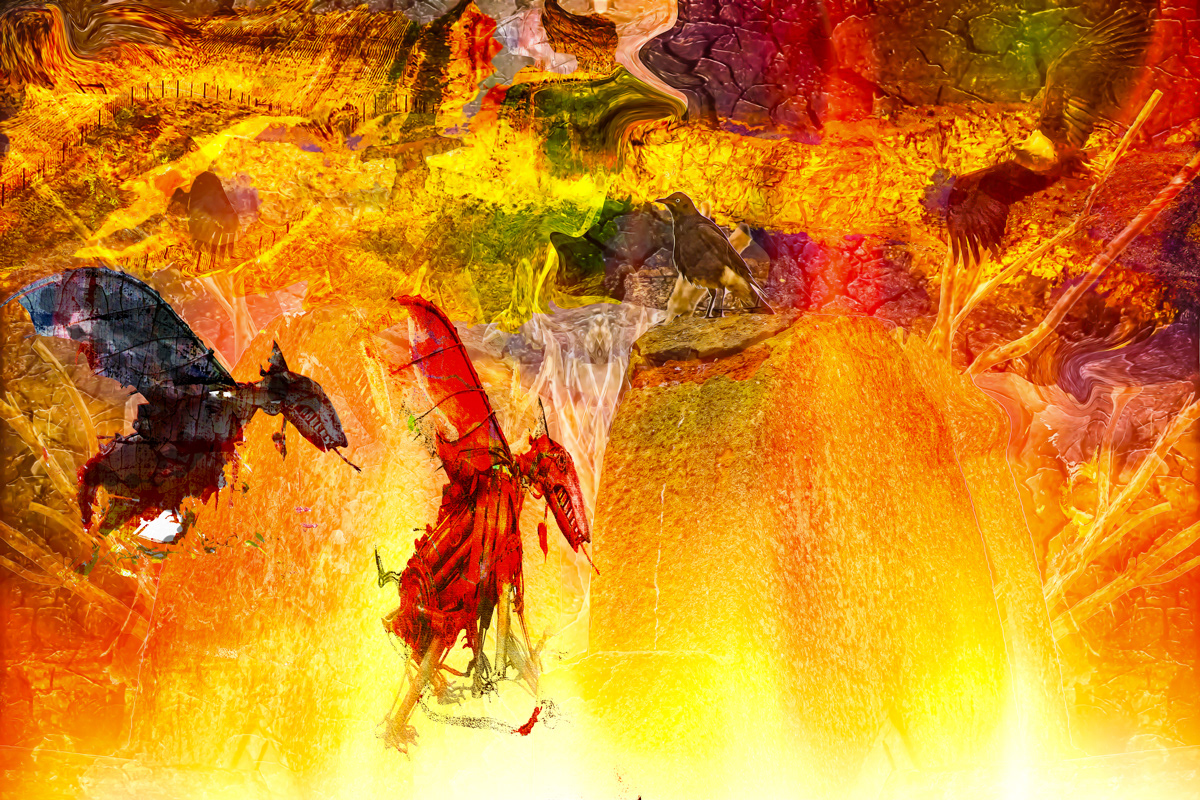
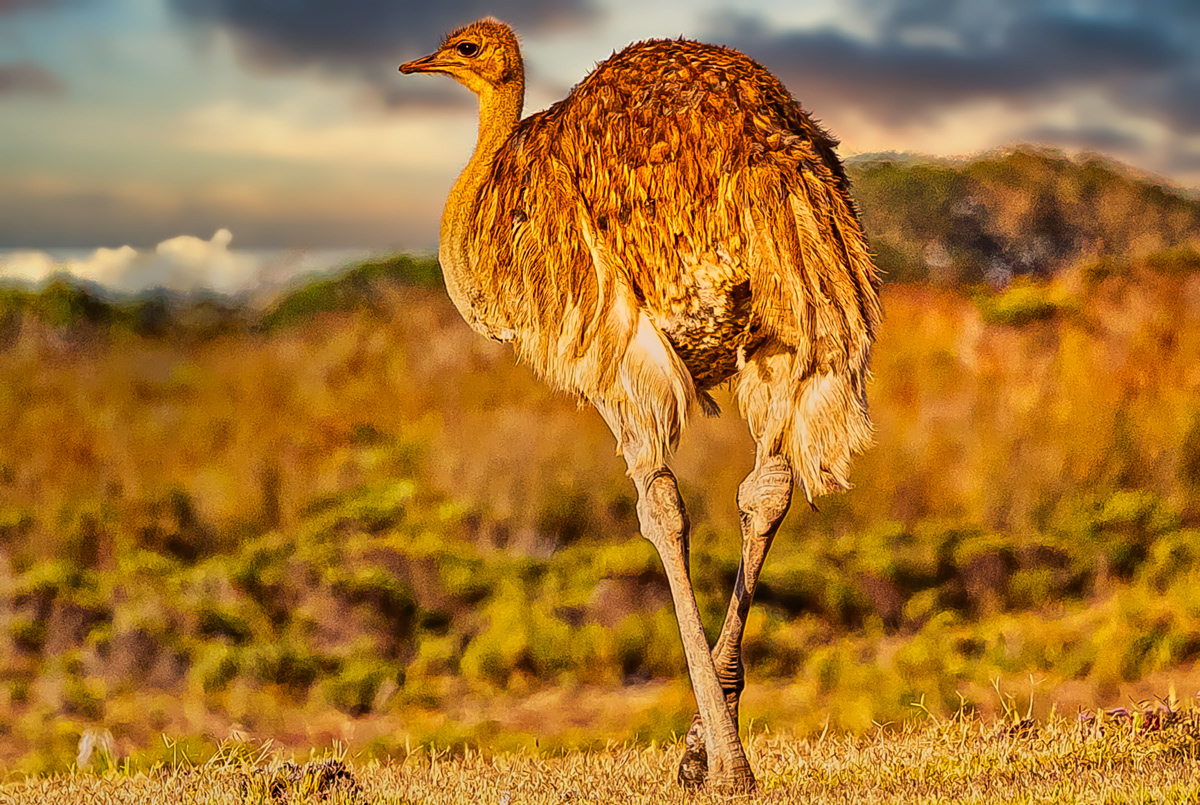

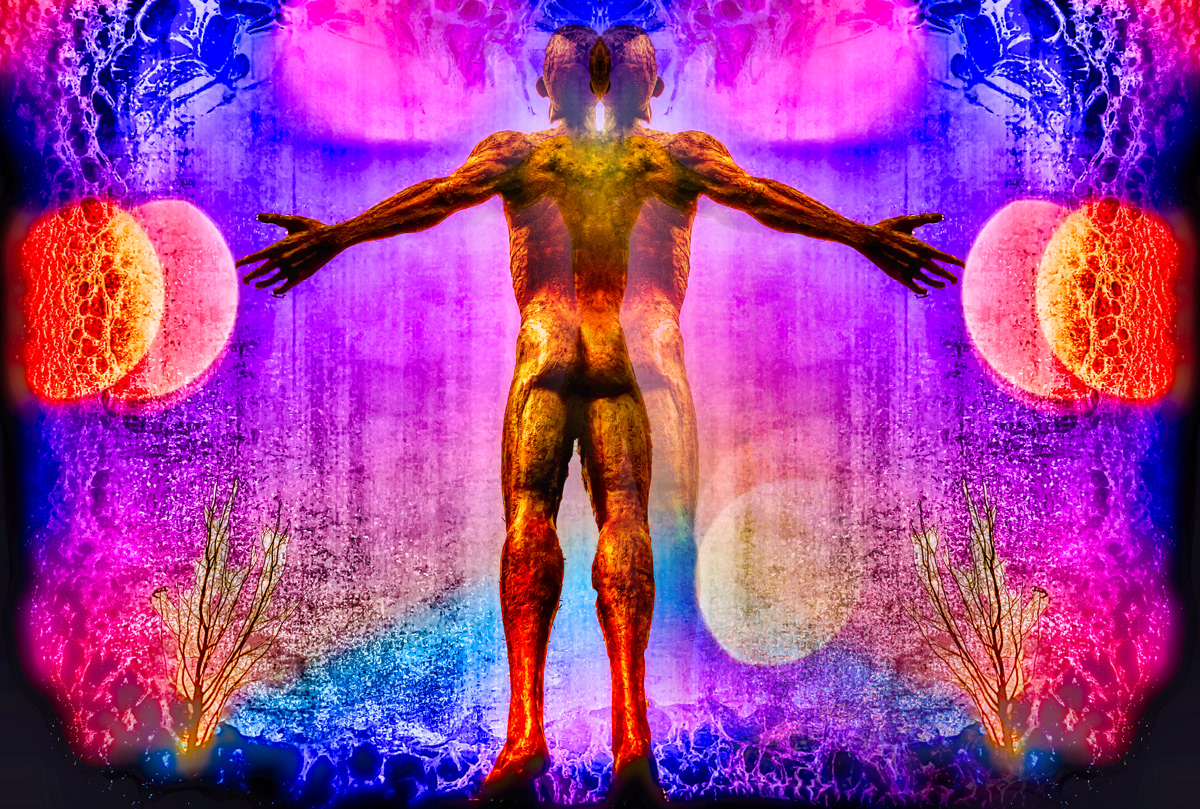
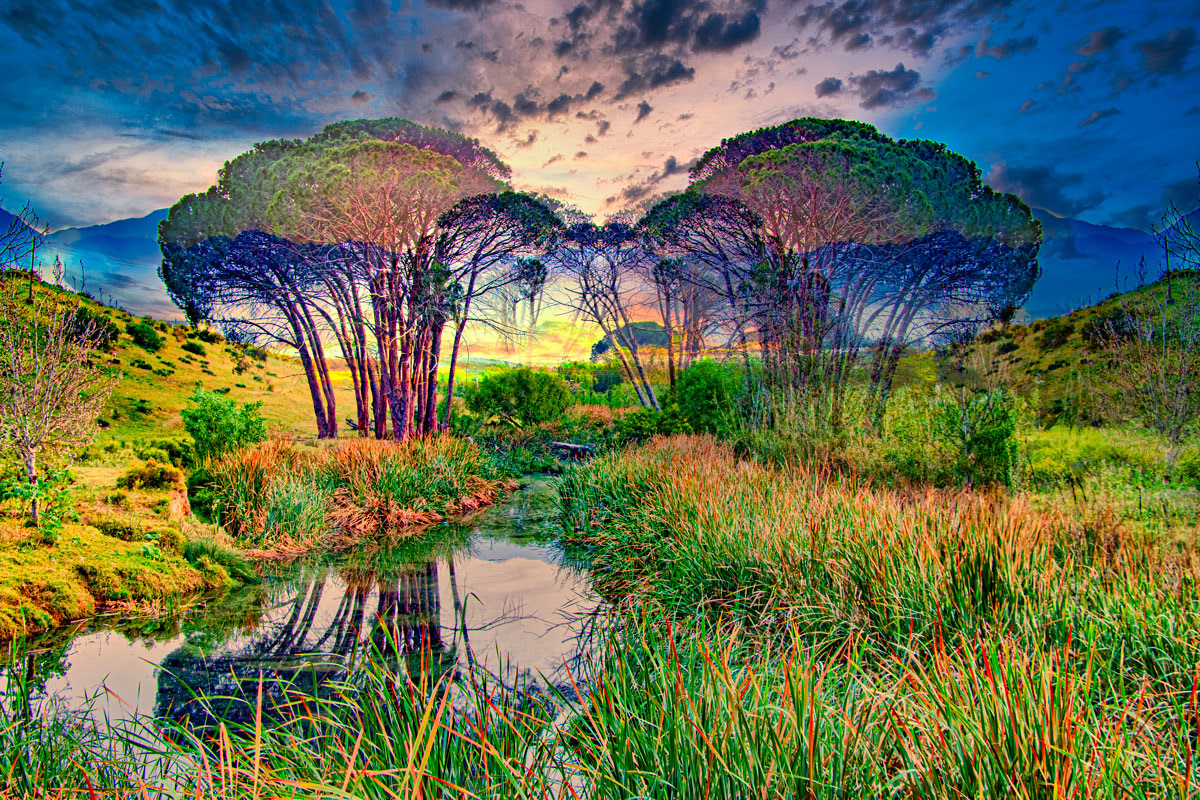
For you to find out which text belongs to which Haiku:
Haiku Africa
Whispering winds
The ancestors voices
The Soul of Africa
HAIKU EMULSION:
Little more than
pulsing emulsion
the man fighting himself
HAIKU STREAM
Blue stream glistening
Hiding in the deep valley
Where I know I'm safe
HAIKU DANCE
Slow song sweetly sung
she sways gently. wishing for
his tender embrace
HAIKU FISH EAGLE
Eyes scan the land
Majestic wings extended
The fish hunt begins
HAIKU AUTUMN
Autumn leafs on a quilt
The woman’s eyes amazed
by the pure land on rice
HAIKU MIDDLE EARTH
When it gets too hot
The Dragon starts spitting fire
And the Earth trembles
HAIKU OSTRICH
Conclude the day
Ostrich inhales the sunset
Sleeps with todays thoughts
HAIKU IMAGINATION
Imagination
Invites opportunity
That you didn’t see
